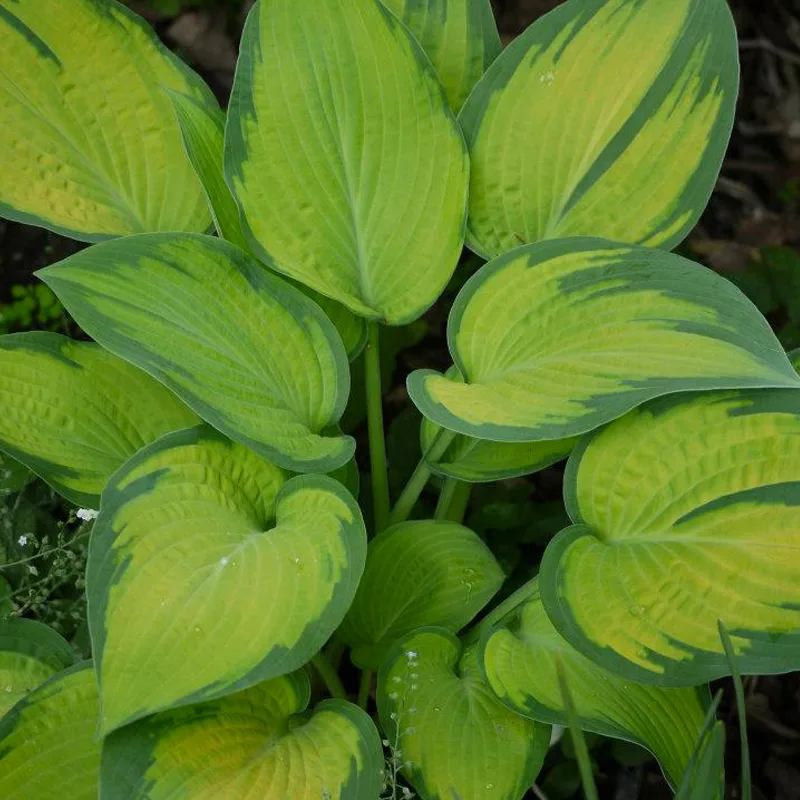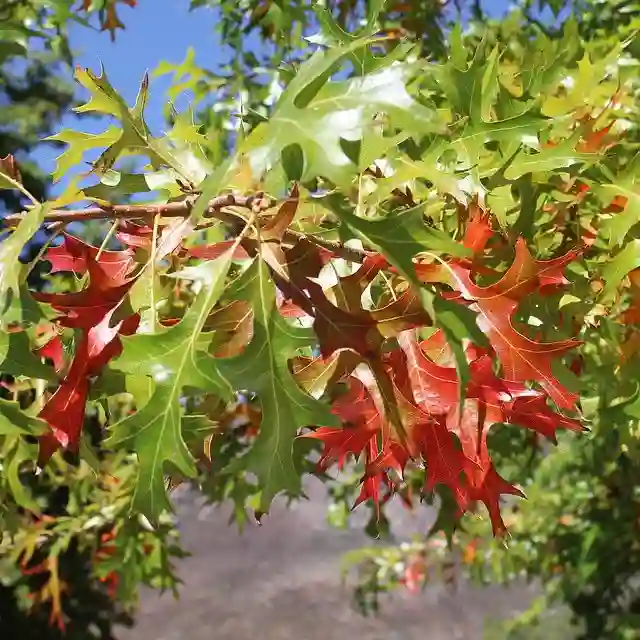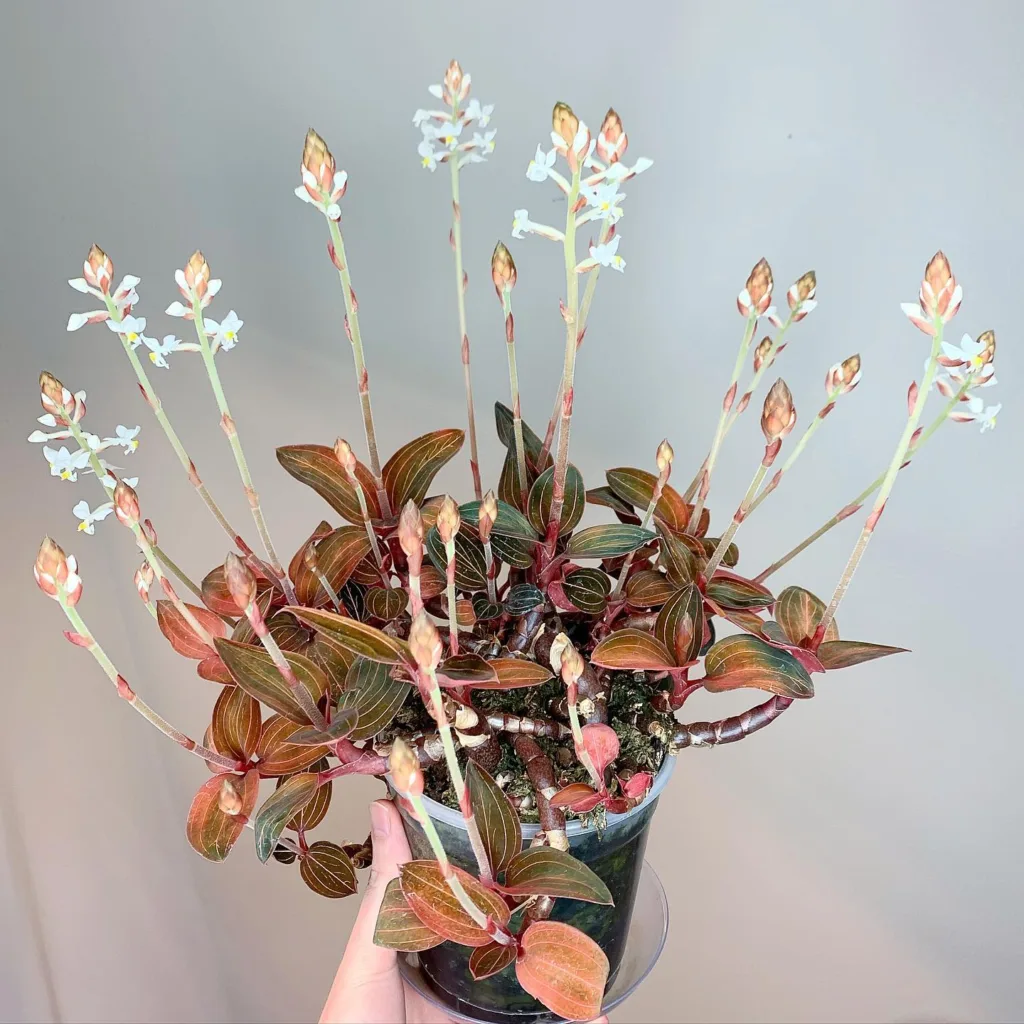Hoya Rotundiflora: A Delicate Beauty with Unique Character
Hi there, Ferb Vu here, and today we’re diving into the world of the Hoya Rotundiflora. This stunning vine has captured the hearts of many plant enthusiasts, myself included, with its captivating foliage and fragrant blooms. But fear not, even if you’re new to Hoyas, this guide will equip you with everything you need to know to keep your Rotundiflora thriving.
566 Species in Genus Hoya
What is a Hoya Rotundiflora?
The Hoya Rotundiflora, also known as the Square Leaf Hoya due to its distinctive, almost rectangular leaves, is a captivating climber native to Myanmar. This tropical wonder boasts lush, emerald green foliage that adds a touch of elegance to any indoor space. But the true showstopper comes in the form of its star-shaped, white to pale pink flowers that cluster in umbels, releasing a delicate, sweet perfume.
Is Hoya Rotundiflora Easy to Care For?
The Hoya Rotundiflora can be a bit finicky compared to some other Hoya varieties. It thrives on consistent moisture but dislikes soggy roots. Think of it as a Goldilocks plant – not too wet, not too dry, but just right. With proper care and attention, however, this beauty can reward you with lush growth and fragrant blooms.
Light Requirements: Sunshine or Shade?
Unlike some Hoyas that can tolerate lower light levels, the Hoya Rotundiflora prefers bright, indirect light. Think dappled sunlight filtering through a sheer curtain. Harsh, direct sunlight can scorch the delicate leaves, so finding a sweet spot near an east or west-facing window is ideal.
Watering Needs: When to Quench Its Thirst
As mentioned earlier, consistent moisture is key for a happy Hoya Rotundiflora. The key is to water deeply when the top inch of soil feels dry to the touch, and then allow the soil to dry out slightly before watering again. Avoid letting the plant sit in waterlogged soil, as this can lead to root rot.
Pro Tip: Sticking your finger into the soil is a great way to gauge moisture levels. If it feels damp to the first knuckle, hold off on watering.
Soil Composition: The Perfect Blend
A well-draining potting mix is essential for your Hoya Rotundiflora. A good option is a blend specifically formulated for cacti and succulents, or you can create your own by mixing regular potting mix with perlite or orchid bark for added drainage.
Fertilizing for Growth and Blooms
While not strictly necessary, a balanced fertilizer formulated for flowering houseplants can give your Hoya Rotundiflora a little boost during its growing season (typically spring and summer). A diluted solution applied once a month is sufficient. Be sure to avoid fertilizing during the winter months when growth slows down.
Common Pests and Problems
Thankfully, the Hoya Rotundiflora is relatively pest-resistant. However, it can be susceptible to mealybugs and scale. If you notice these unwelcome guests, isolate the plant and treat them with insecticidal soap or neem oil solution.
Watch Out For: Overwatering is the most common problem with Hoya Rotundiflora. Signs of overwatering include yellowing leaves, mushy stems, and stunted growth. If you suspect this is happening, adjust your watering schedule and allow the soil to dry out completely before watering again.
Hoya Rotundiflora vs Hoya Carnosa: Similarities and Differences
Both the Hoya Rotundiflora and the Hoya Carnosa (commonly known as the Wax Flower) are popular indoor climbers. Here’s a quick breakdown of their similarities and differences:
- Similarities: Both require well-draining soil, prefer bright, indirect light, and appreciate consistent moisture. Both also produce clusters of fragrant flowers.
- Differences:
- Leaves: The Rotundiflora has distinctive, almost square leaves, while the Carnosa has more oval-shaped leaves.
- Growth Habit: The Rotundiflora is a more delicate climber compared to the Carnosa, which can grow quite vigorously.
- Care: The Rotundiflora can be a bit more finicky with watering compared to the Carnosa.
Ultimately, the best choice for you depends on your personal preference and experience level.
Propagating Your Hoya Rotundiflora: Sharing the Beauty
Sharing the beauty of your Hoya Rotundiflora is easy! Stem cuttings can be propagated in water or a well-draining potting mix. Look for healthy stems with a few nodes and make clean cuts just below a node. Remove any lower leaves and plant the cutting, ensuring a node is in contact with the soil or water. Then, place the pot or container in a warm, humid location with bright, indirect light. Patience is key – rooting can take several weeks. Once established, your new Hoya Rotundiflora cutting will be on its way to becoming a thriving vine in its own right.
Where can I find a Hoya Rotundiflora?
Hoya Rotundiflora can be found at some online retailers specializing in rare plants and plant nurseries. Keep in mind that due to its unique characteristics, it might be less readily available than some other Hoya varieties.
How often does the Hoya Rotundiflora bloom?
A mature Hoya Rotundiflora can bloom several times a year under ideal growing conditions. However, factors like light levels, temperature, and fertilization can influence flowering frequency.
Does the Hoya Rotundiflora require any special humidity levels?
While it tolerates average household humidity levels, increasing humidity around your Hoya Rotundiflora, particularly during winter, can promote healthy growth and possibly encourage more blooms. Grouping it with other humidity-loving plants or using a pebble tray filled with water can help create a more humid microclimate.
Can I grow the Hoya Rotundiflora outdoors?
Technically, yes, you can grow your Hoya Rotundiflora outdoors in USDA hardiness zones 9b to 11. However, it thrives in warm, humid environments and requires protection from frost and harsh sunlight. If you live in a cooler climate, it’s best to enjoy it as a stunning houseplant.
My Hoya Rotundiflora is losing leaves. What’s wrong?
Leaf loss can be caused by several factors. The most common culprit is overwatering. Ensure the soil dries out completely between waterings. Insufficient light, underwatering, or pest infestation can also contribute to leaf loss.
My Hoya Rotundiflora isn’t flowering. What can I do?
There are a few reasons why your Hoya Rotundiflora might not be flowering. Here are some troubleshooting tips:
- Light: Ensure it’s receiving enough bright, indirect light.
- Maturity: Younger plants typically take longer to mature and bloom.
- Fertilization: A balanced fertilizer during the growing season can encourage blooming.
- Rootbound: If your Hoya is pot-bound, consider repotting it into a slightly larger container with fresh, well-draining potting mix.
Final Thoughts
The Hoya Rotundiflora is a captivating plant with unique charm. With a little patience and the right care routine, you can cultivate a thriving specimen that rewards you with its lush foliage and fragrant blooms for years to come. So, embrace the challenge and witness the beauty of this exquisite Hoya unfurl in your home.
If i die, water my plants!



